On the occasion of its 5th anniversary, La Toupie Bleue shares with you the 5th part of its new section: “Do a “par 5″ while staying padel ! "
This monthly column aims to give you 5 tips / recommendations / tips around the themes of travel padel and the practice itself.
In our first part, we shared with you 5 good practices … before leaving!
In the second part, we share you here 5 tips around the theme of “taking the plane for your trip padel in Europe."
In the 3rd part, we recommended you 5 exercises to strengthen your ankles (very stressed joint) before leaving for an internship padel.
In the 4th part, we wanted uncover opportunities for progression in your practice padel, thanks to supervision during an internship.
In this 5th part, Rémi interviewed Ms. Lecat, a sports orthoptist, who explains to us the importance of vision / the eye in sports practice.
We asked him a few questions that are sure to surprise many readers of Padel Magazine … so much the eye being a muscle of the athlete often neglected, but nevertheless preponderant in the quest for sports performance.
What recommendation for the player of padel ?
- Can you introduce yourself ?
“Ms. Lecat, orthoptist in Wattignies, south of Lille. I have been practicing since 2011 and since 2013 on the sporting aspect. I am an orthoptist at the CREPS in Wattignies.
Since 2021, I have also been a trainer on the E(Y)E MOTION program.”
- Can you talk about the sportsman's eye. How can thinking about strengthening / training your eye, regardless of your level of practice (even amateur), improve your performance in sports?
“At eye level, 80% of the information perceived on the ground (from padel) come from vision. We have 6 oculomotor muscles on each eye. Having good eyesight (adapted optical correction) is essential.
More and more, sports frames are adapted to sports practice, with filters on the lenses depending on the type of terrain and at the orthoptic level, good binocular vision is important.”
- What is the first recommendation you make to the player of padel in your field?
“Obviously I will preach for my parish. I would recommend an orthoptic checkup.
The classic assessment: to see if there is low visual acuity, a need for glasses; check that binocular vision is well established, is good.
And then to go further, an orthoptist specializing in sports could analyze and study the visual performance of the player.
- Do some players have visual predispositions?
“You have players who have visual predispositions indeed. Most are average. Conversely, you have players who are in deficit.
Some excel thanks to their experience, to an orthoptic development, which allows them to compensate at this level.
When we analyze high-level professional athletes, with athletes in training, we obviously notice that the high-level athlete has more performance capacities.
- There are many writings on the existence of a dominant eye sometimes called "dominant eye". Can you tell us a bit more?
“Precisely, we all have an eye which is the director. We speak of the dominant eye when we have binocular vision, that is, we use both eyes to see.
We will however talk about dominant eye/preferential eye for people with strabismus.”
- Does everyone have a guiding eye?
“Yes, on the other hand, it is possible to have two of them (quite a rare case): a directing eye from near and a directing eye from afar.
But it is often due to a problem of refraction (problem of “glasses”).”
- Do you have an anecdote to share with us about a player known far beyond tennis, namely Rafael Nadal?
“Yes, if we take the example of Nadal in the field of orthoptics, he has a dominant eye on the right. Initially, he started tennis by taking his racket right hand.
Despite everything, he learned to play “left hand” to go faster (faster in taking in information, and therefore in executing the blow).
The dominant eye does not depend on the dominant hand.”
Chess can help the player to padel !
- Do you have an exercise to give to the players of padel, to be done in pairs or threes to train and improve their eye (exercise without racket)?
“Juggling is a good exercise because there is coordination and appreciation of ball trajectories, juggle several balls and then juggle several.
The game of chess also makes it possible to anticipate moves and trajectories. The exercise here is therefore cerebral.”
- As a former tennis coach, I have seen differences in appreciation of the movement of the ball, the perception of the ball in space, both in terms of the distance between his body and the ball, both in trajectories than information gathering.
“For the assessment of trajectories, this remains a big question. We don't have certainties, but we are working on relationships with exercises in spatial vision.
The notions of trajectories include 3D. The neurotracker is quite well known, the E(ye) motion and the strobe glasses can be used in the office. The big job is to work on anticipation.
We differentiate the player from padel who has vision problems of a player who has all his abilities, but who does not have the experience on practice.
In any case, it is necessary to start with a complete assessment. Many athletes are unaware of the defects they have in the eyes.
Glass defenses: do not lose sight of the ball...
- The window defenses can be more complicated to understand visually (beyond being well armed physically, being reactive at the level of the legs). We can lose our “visual” bearings.
“On these shots, you must above all develop peripheral vision to see further “on the sides”. Know how to better orient your body and your eyes, work on your positioning, have better coordination at the level of the head and the eyes.
This will reduce fatigue and reduce the risk of injury. Poor information gathering will inevitably lead to bodily compensation. And visual fatigue can lead to knee and ankle injuries.”
- Did you know the padel ?
“Yes, not necessarily every shot but yes, I know the practice. One of the French champions of padel also uses one of the technologies that I use at the firm, the E(YE) MOTION technology.
E(YE) MOTION Technology consists of working on visual optimization. We train to see faster, better.
The E(YE) MOTION exercises have been patented by an orthoptist who has developed exercises from orthoptist rehabilitation carried out in the office on learning and on patients who are visually impaired.
Beyond being re-educated, visual perception can also optimize our visio-attentional capacities (short-term memory, visual attention, awareness of peripheral vision).
It's about sending information quickly to the brain to increase responsiveness, precision of movement and reduce injuries.”
- How is it for support in E(YE) MOTION?
“For the orthoptic assessment, we work on medical prescription from a doctor, an ophthalmologist. We need an orthoptic check-up order.
However, for the E(YE) MOTION we are more on visual optimization (5 to 10 sessions on average) and therefore on treatments outside the nomenclature.”
The founder of the agency La Toupie Bleue offers themes on internships and vacations padel in Europe. The accommodation specialist padel don't hesitate to give us your opinion on these topics.
















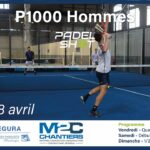
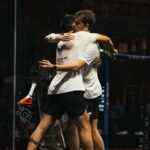
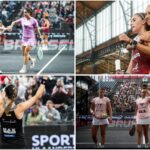

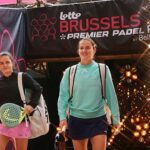
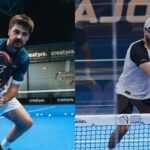
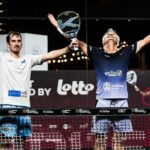














































































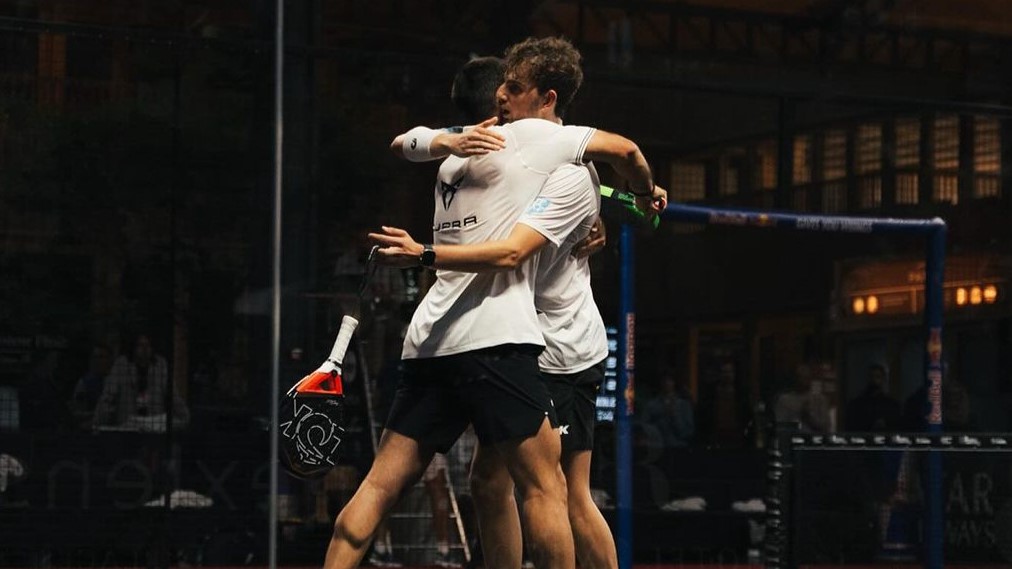 Premier Padel Brussels P2 – Mike Yanguas and Javi Garrido once again take the advantage over Stupa / Di Nenno
Premier Padel Brussels P2 – Mike Yanguas and Javi Garrido once again take the advantage over Stupa / Di Nenno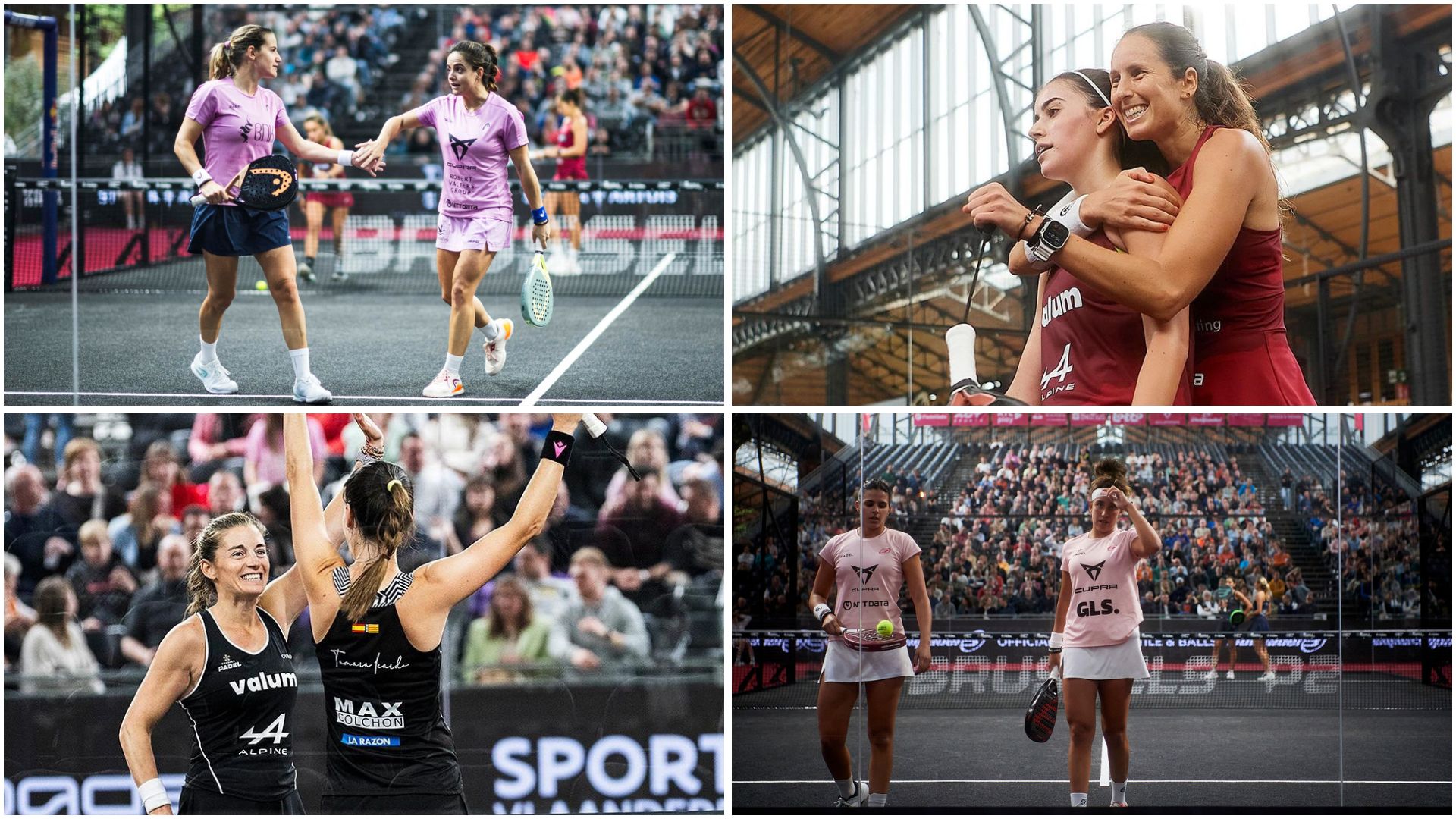 Premier Padel Brussels P2 – The women’s Big 4 at the semi-finals!
Premier Padel Brussels P2 – The women’s Big 4 at the semi-finals!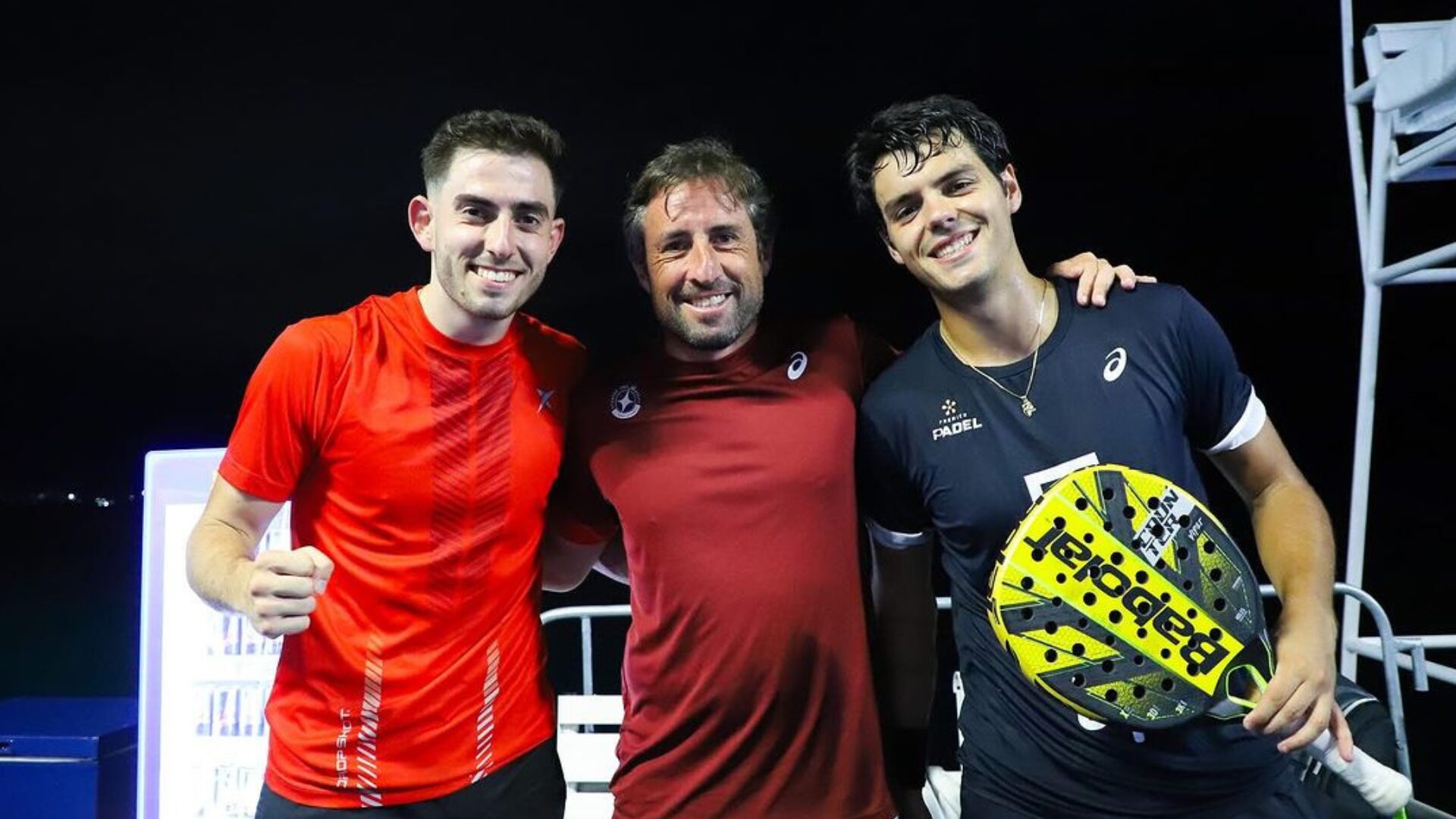 Premier Padel Brussels P2 – Sanz and Nieto win a big fight against Lebron / Navarro!
Premier Padel Brussels P2 – Sanz and Nieto win a big fight against Lebron / Navarro! Guillaume Codron de Sud Padel : “A family project”
Guillaume Codron de Sud Padel : “A family project” Nallé Grinda: “Democratize the padel in the USA with PadelX "
Nallé Grinda: “Democratize the padel in the USA with PadelX " Simon Boissé: “We know that there are two nations in front of us”
Simon Boissé: “We know that there are two nations in front of us” Marie Maligo: “This period of frequent changes of partners was beneficial for me”
Marie Maligo: “This period of frequent changes of partners was beneficial for me” Gilles Moretton: “We will be able to put the padel at the level of tennis”
Gilles Moretton: “We will be able to put the padel at the level of tennis”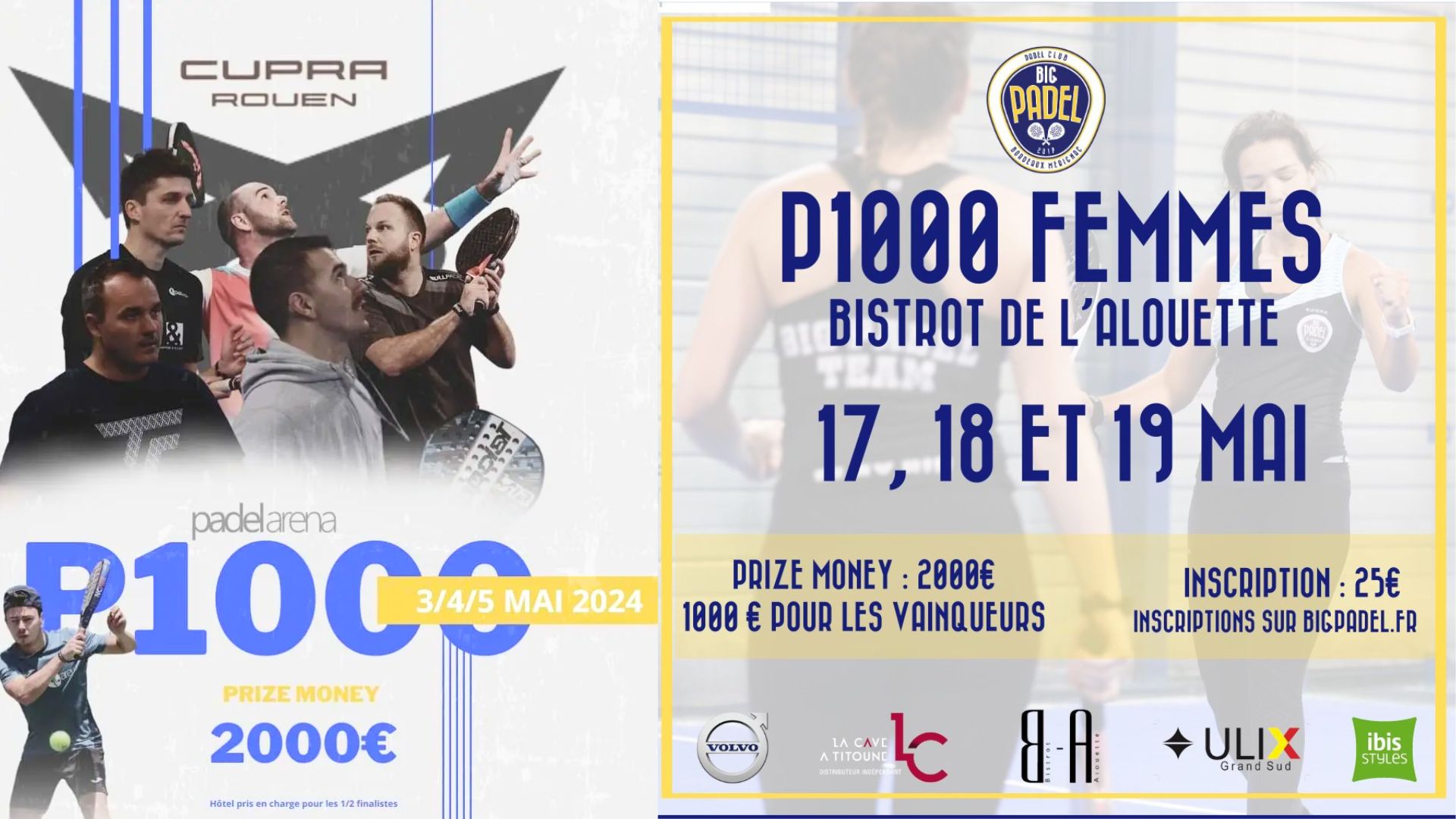 Two P1000 doubled prize money approaching!
Two P1000 doubled prize money approaching! José Manuel Escin at the inauguration of Casa Padel DOS: “Finally, and thank you!”
José Manuel Escin at the inauguration of Casa Padel DOS: “Finally, and thank you!”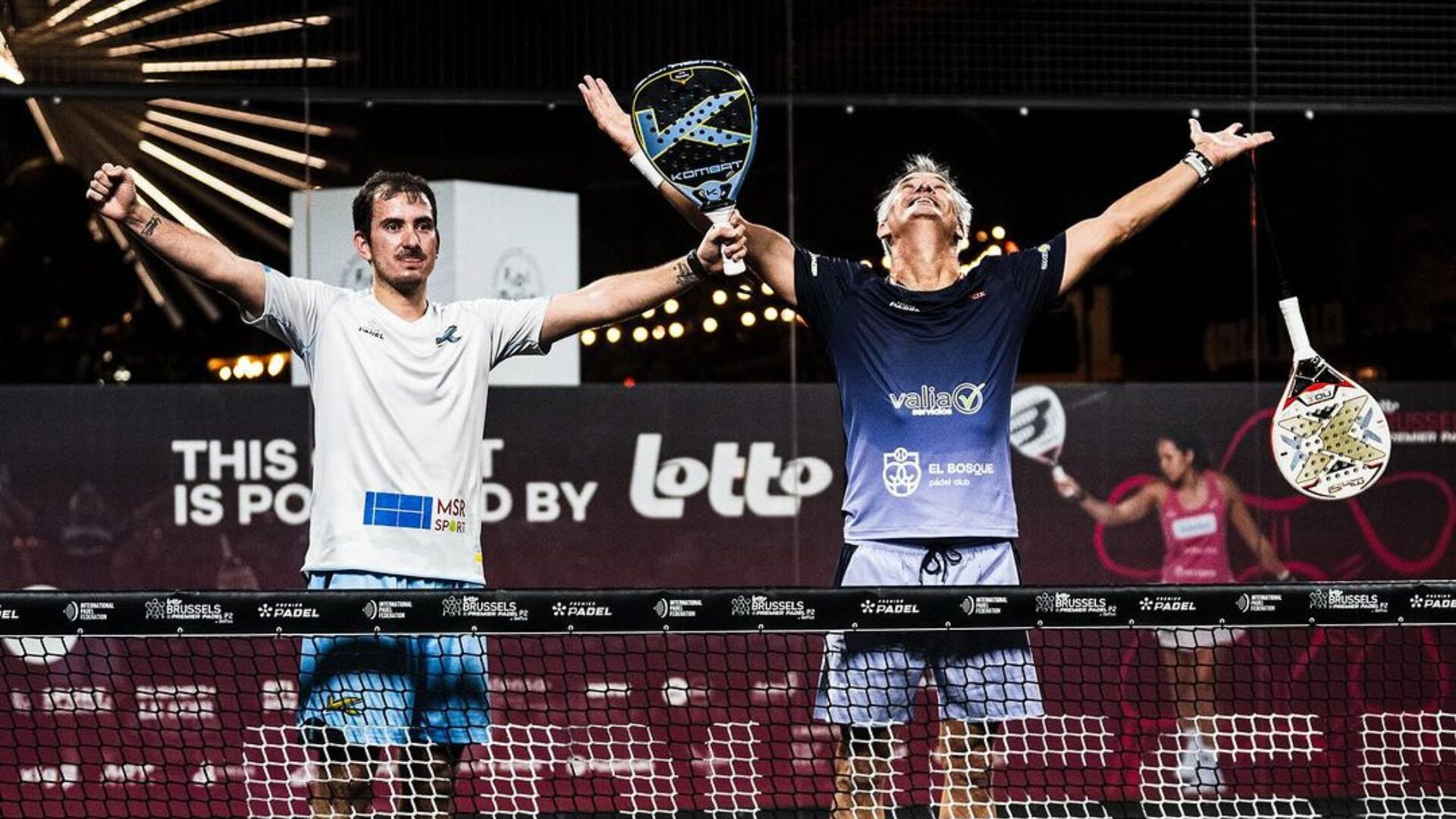 Miguel Lamperti: three tie-breaks and a return to the quarter-finals!
Miguel Lamperti: three tie-breaks and a return to the quarter-finals!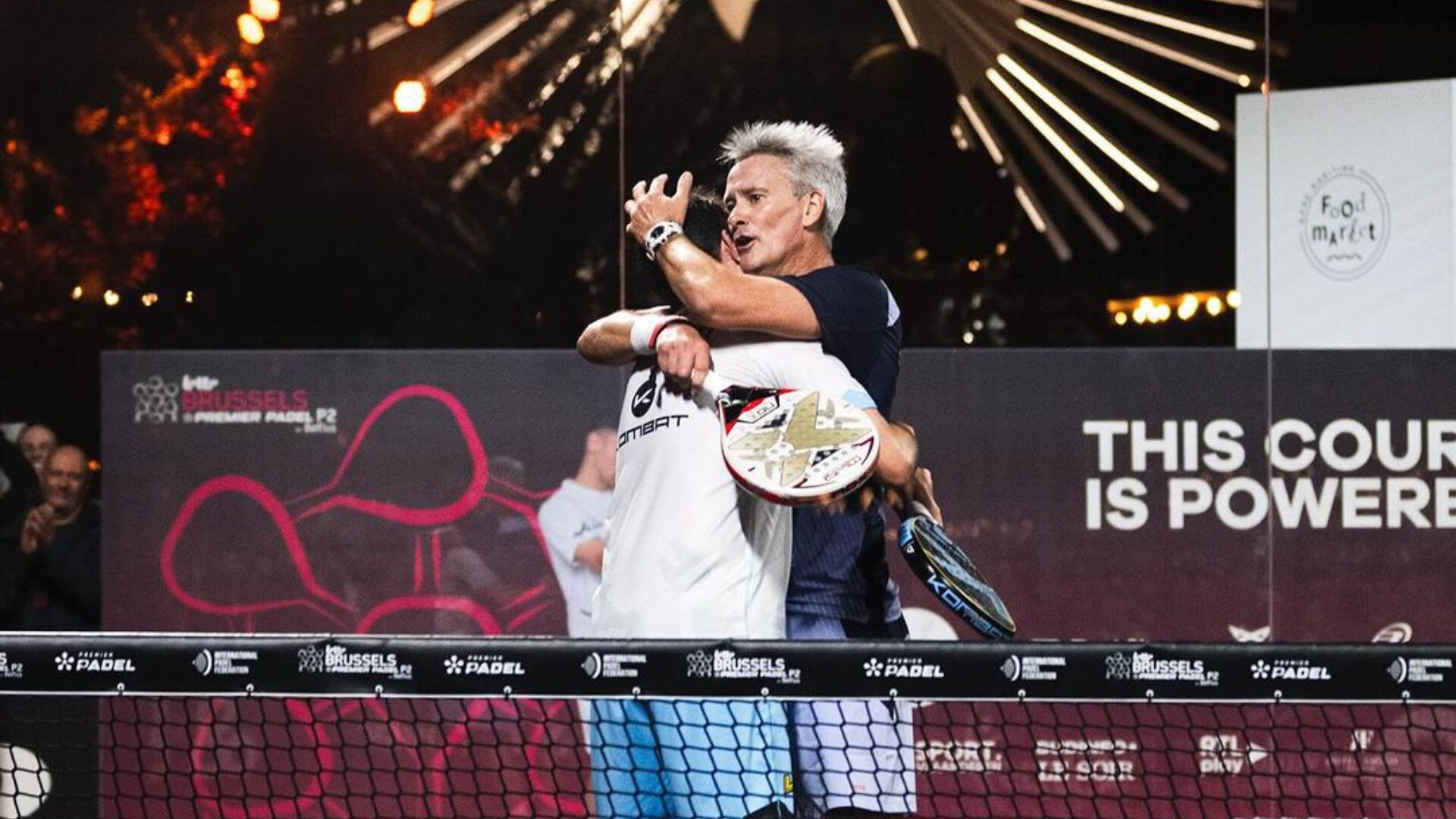 Big evening in Brussels with two seeded players on the mat, heckled number 1s…
Big evening in Brussels with two seeded players on the mat, heckled number 1s…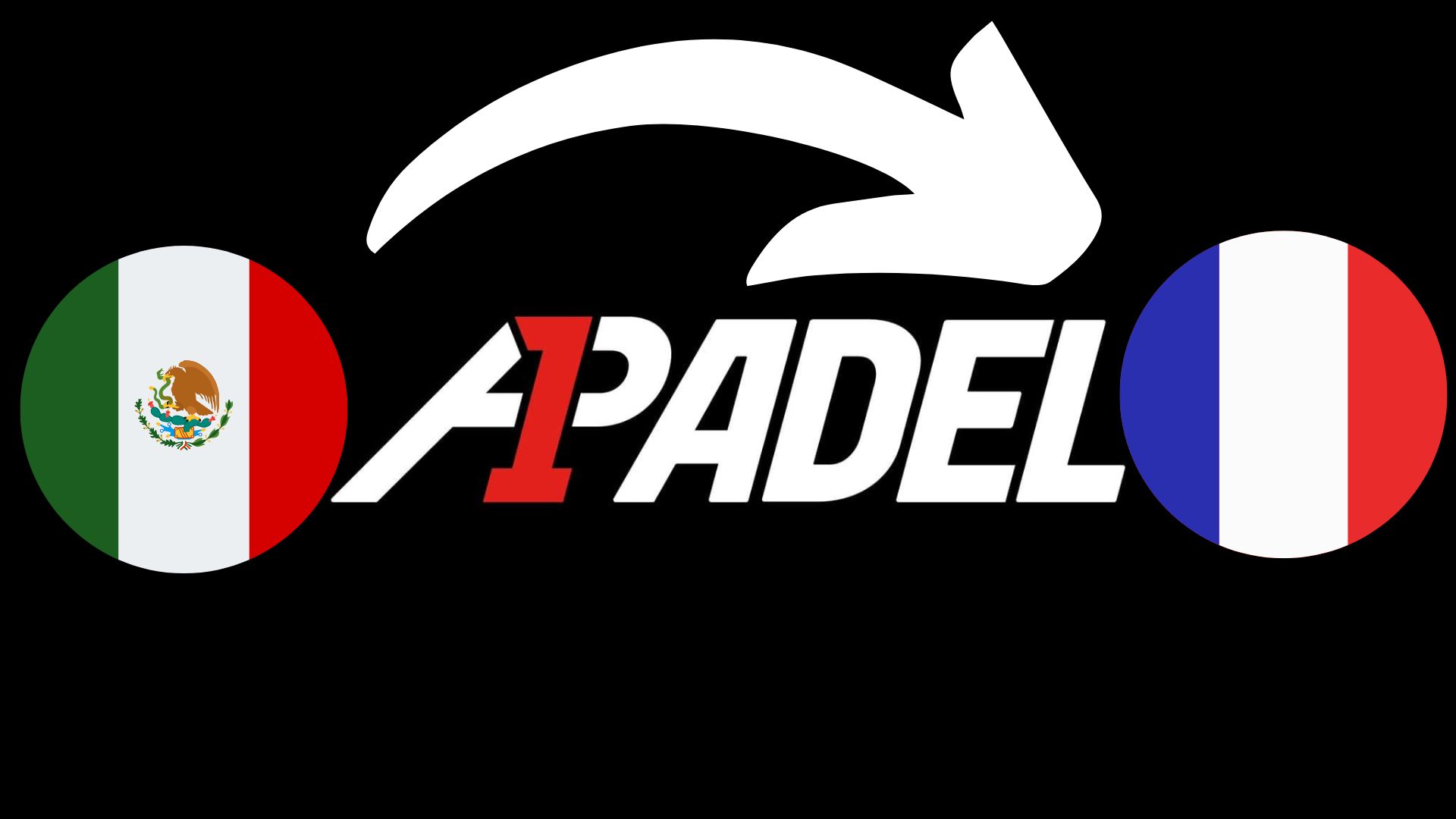 A1 Padel – the French Open replaces the Mexican Open on the calendar
A1 Padel – the French Open replaces the Mexican Open on the calendar Padel Score comes to Tahiti for American Express Padel Cup!
Padel Score comes to Tahiti for American Express Padel Cup! Do you know the Rafa Nadal Academy Tour?
Do you know the Rafa Nadal Academy Tour? Play at padel on his yacht? Possible for €233.000!
Play at padel on his yacht? Possible for €233.000! Our Top 10 training courses padel in France and Europe
Our Top 10 training courses padel in France and Europe At the heart of padel – Episode 25: Paul and Andoni answer your questions
At the heart of padel – Episode 25: Paul and Andoni answer your questions Tactical padel – What to do when faced with players who systematically stay at the bottom?
Tactical padel – What to do when faced with players who systematically stay at the bottom? The basic tactics of padel
The basic tactics of padel At the heart of padel – Episode 25: Paul and Andoni answer your questions
At the heart of padel – Episode 25: Paul and Andoni answer your questions At the heart of padel – Episode 23: defend the window well
At the heart of padel – Episode 23: defend the window well Prohibition on playing topless Padel : the reasons
Prohibition on playing topless Padel : the reasons FIP Tour – Going far from Europe, THE strategy to earn points!
FIP Tour – Going far from Europe, THE strategy to earn points! What is a good football player? padel ?
What is a good football player? padel ? “Lefties give me headaches when I play against them!”
“Lefties give me headaches when I play against them!” At the heart of padel – Episode 14: how to earn points in winter?
At the heart of padel – Episode 14: how to earn points in winter? A par 4 is always a winner...even if you manage to defend it!
A par 4 is always a winner...even if you manage to defend it! Carbon fiber VS fiberglass: what to choose?
Carbon fiber VS fiberglass: what to choose? How to effectively test a racket padel ?
How to effectively test a racket padel ? La padel to fight Parkinson's disease
La padel to fight Parkinson's disease Don't play with a cracked or broken racket, your body will thank you!
Don't play with a cracked or broken racket, your body will thank you! Michel Cymes: “The padel, physically, it’s serious!”
Michel Cymes: “The padel, physically, it’s serious!” Jeremy Gala: “Promote the padel among young people in Belgium remains a challenge”
Jeremy Gala: “Promote the padel among young people in Belgium remains a challenge” The French Touch Academy organizes its selection day Padel-Study
The French Touch Academy organizes its selection day Padel-Study Report on the detection and training of younger generations
Report on the detection and training of younger generations